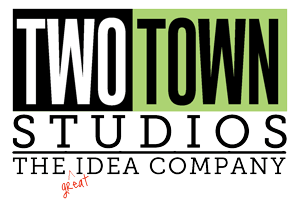The Agent Myth
I wish I could count how many times I have seen the comment on various art licensing groups that someone is “still searching for an agent”, or questions like “I have submitted to several agencies, how do I get an agent to sign me?” The belief seems to be that if you are willing to work hard, have a properly presented portfolio with the right combination of product mock-ups and can get signed with an agent then success is not far behind.
Well……maybe.
There is no question that an experienced agent with a working knowledge of the art licensing market can accomplish many things that most artists will have difficulty accomplishing on their own.
(Let me repeat a few very important words for those that are still looking: experienced, working knowledge, and ART licensing market.)
The stock and trade of a good agent is manifold – names, contacts and often personal relationships with licensees in a wide variety of categories; an understanding of current (and past) trends, colors and how those affect various clients; what clients work in which categories, what is their market share and what direction are they going; a broad “nuts and bolts” understanding of marketing and promotion, contracts, royalties, product design and manufacturing requirements; these are a few, the list goes on. But even given all of this, there is still no assurance that they can get you licensed. That is the myth part. As one agent puts it, “I can guarantee that I will get your art in front of the decision makers, but I cannot guarantee they will buy it.”
The following is from last year’s “Art of Reality” article:
“Licensing agents make their living by representing art that can be sold (licensed) and they will usually snap up anyone they think has significant potential. You may not be a fit for a particular agency for any number of reasons, but if you have shown your work to several agents and they all have passed, it is likely time for a reality check.”
This has not changed. Generally we agents have neither the time nor inclination to train an artist from scratch, but I am here to tell you that if the work is extraordinary, we will make the investment. If your work is just ordinary, or ill suited for product licensing, we will not – some things just can’t be fixed, and no agent can help you become a success if your work is not of licensable quality or style.
This does not necessarily mean that you need to toss your dream and head for employment at Starbucks, but face the fact that if experienced art licensing professionals keep turning you down you are probably not ready to enter the art licensing business. I know one very successful artist who, the first time she showed her art to a manufacturer was told (in a nice supportive way) to get some more training and come back sometime in the future with about one hundred additional designs. She did both, has now has been licensing for years and is responsible for designing well over a thousand licensed products thus far in her career.
Fall down seven times, get up eight is a great philosophy as long as you aren’t tripping over the same root. If it’s not working get some feedback, fix it if you can, and then go back out and see what happens.
